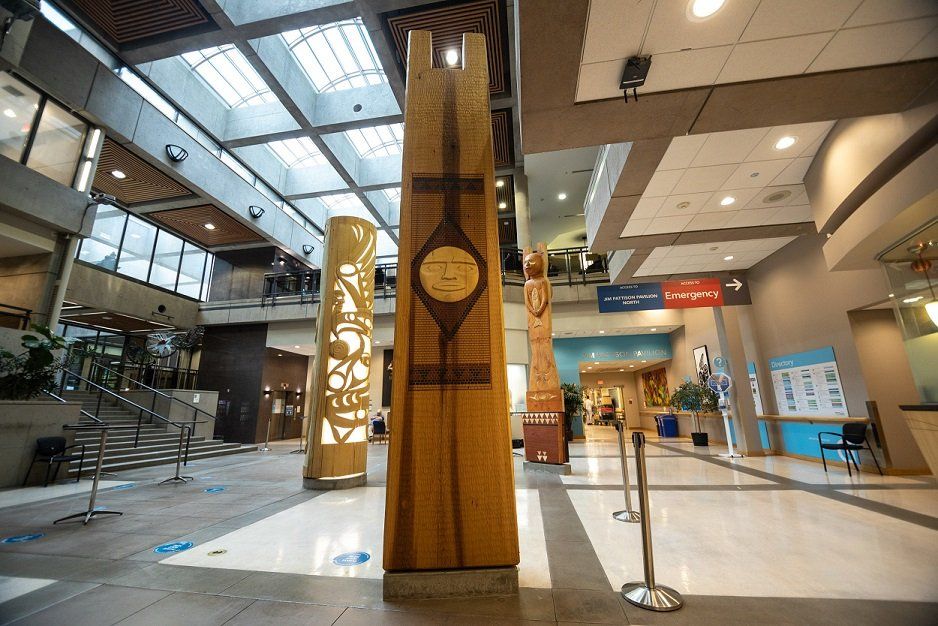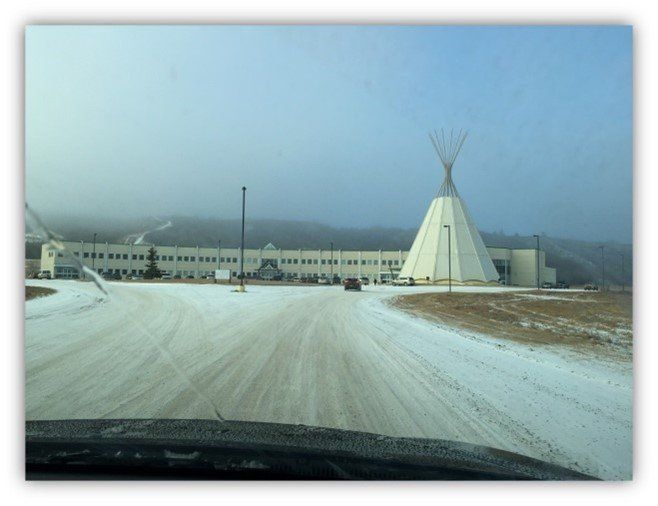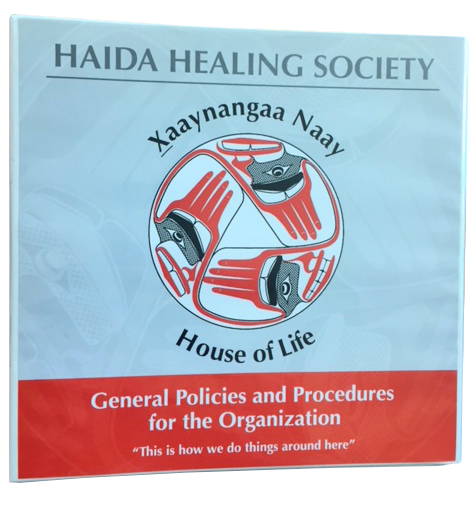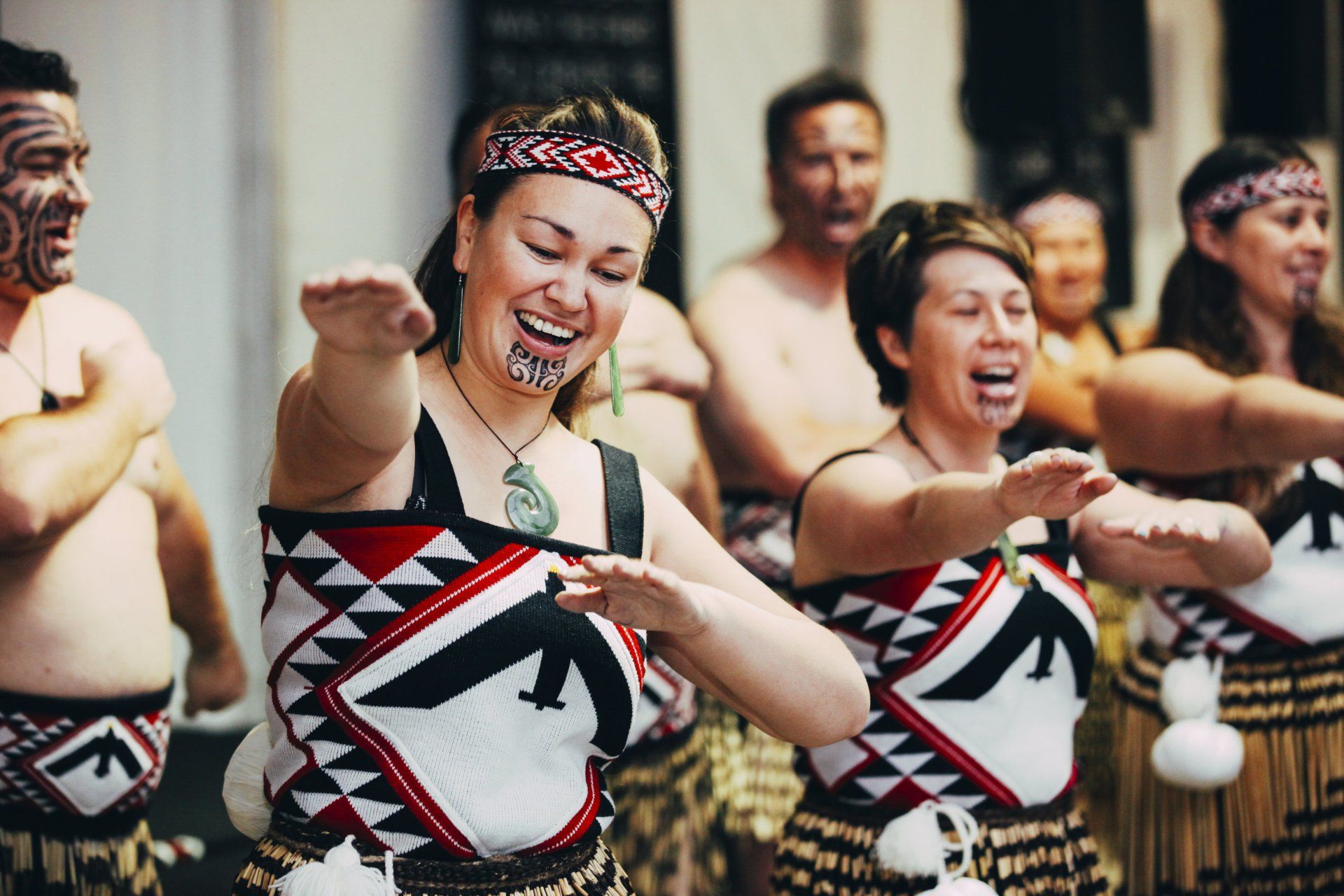SUPPORTING COMMUNITY NEEDS, IDEAS & FUNDING PROPOSALS
Funding opportunities arise frequently for community organisations and often they have little time to pull together a stand-out proposal.
Over time we get to know the organisations that we work with very well - we see the long hours that they put in so that our indigenous communities have a better quality of life. One of the reasons that our client organisations are successful in what they do is because of their ability to access resources.
Kāhui Tautoko Consulting often gets asked to support organisations to write funding proposals so that they can take advantage of funding opportunities and attract resources to deliver more services for their communities. Sometimes funders want you to complete a standard template and effectively “fill in the boxes” while other times the funders may provide criteria and give you the freedom to custom design your proposal. The important thing is to answer all the questions that are asked – and provide evidence for your responses wherever you can. Sometimes we get plenty of notice to develop these proposals before the deadline – and sometimes we’re asked almost at the last minute! Just shows how busy our clients get….
Central to writing proposals is the whānau and community voice, whānau experience and whānau needs. If the organisation has good evidence of what they’ve been doing, including photos of service delivery, brainstorming sessions (such as the group photo here) and good past statistics – it really helps to put together a good case. It means they can grab the strong innovative ideas from the community that can be included in the proposal to put their best foot forward to be considered.
Communities and organisations are highly creative and have found new initiatives to include in programmes to support social and health needs such as Mau Rākau (traditional Māori arts); snowboarding, snow shoeing for rangatahi; ukelele and waiata sessions for kaumātua; traditional healing programmes; Whānau Ora initiatives; food and gardening programmes and then there are the usual clinical and non-clinical health services. Once the programme is well-defined, you then have to cost it out – how many staff are needed? What kind of roles are needed? What will we need to pay them? What are the operating costs? What are the overheads for the organisation in taking on another programme? What are the start-up costs to get it up and running?
To progress funding proposals however, one cannot just describe the innovative programme that is wanted. Organisations need to have strong governance supported by sound management, policies and systems – that can be described and demonstrated in the proposal. This is another area we are often asked to help out with – but that’s a story for another day.
There are never any guarantees of being successful with funding proposals, however common elements of a proposal so that it is seen in a favourable light include the usual W-type questions:
- WHAT is it you want to deliver? (your programme/service/initiative)
- WHERE will it be delivered? (geographic location and service coverage area)
- WHY do you want to provide it? (what’s the evidence of need? The rationale)
- WHO is it for? (your target users/participants)
- WHEN will it be offered? (start up date, hours of operation)
- WHO will deliver it? (your team members and their roles)
- HOW will you measure it’s effectiveness? (your data collection, measures of success, evaluation approach, logic model if needed)
- HOW much will it cost? (your budget for start-up, salaries and operations)
And if you can answer these questions with good solid narrative and evidence, and also demonstrate the strength of your organisations history, leadership, systems, policies, processes and reputation – then you have a high chance of success.
Search Posts
Sort by Category
Most Recent Posts
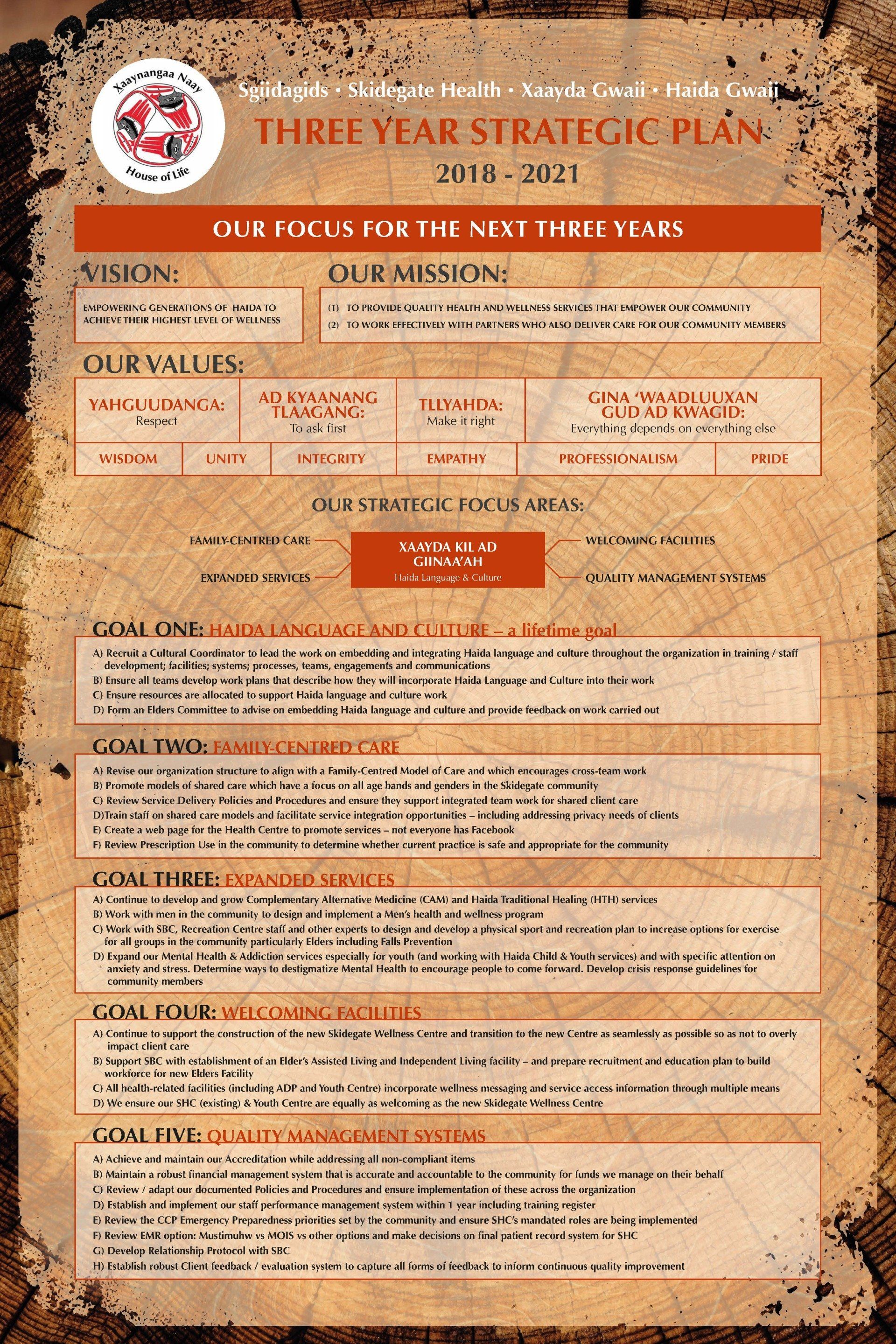
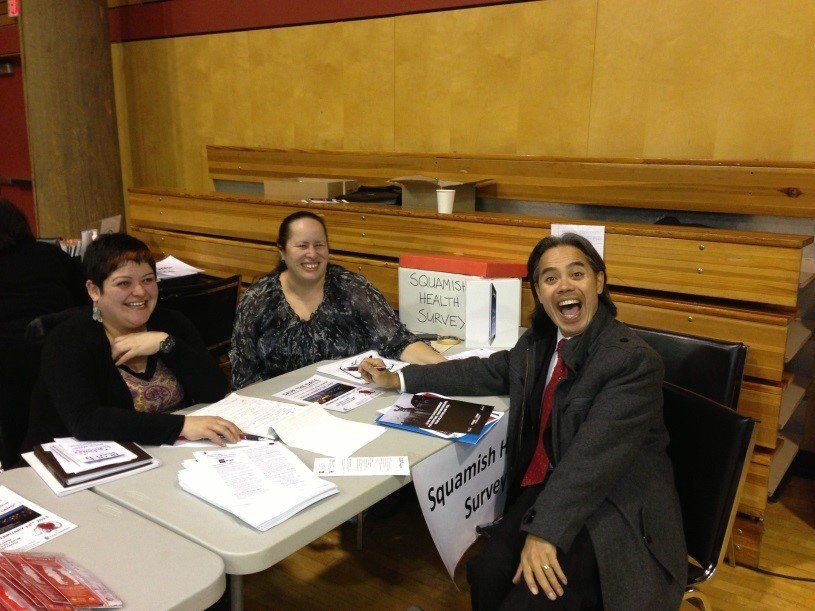
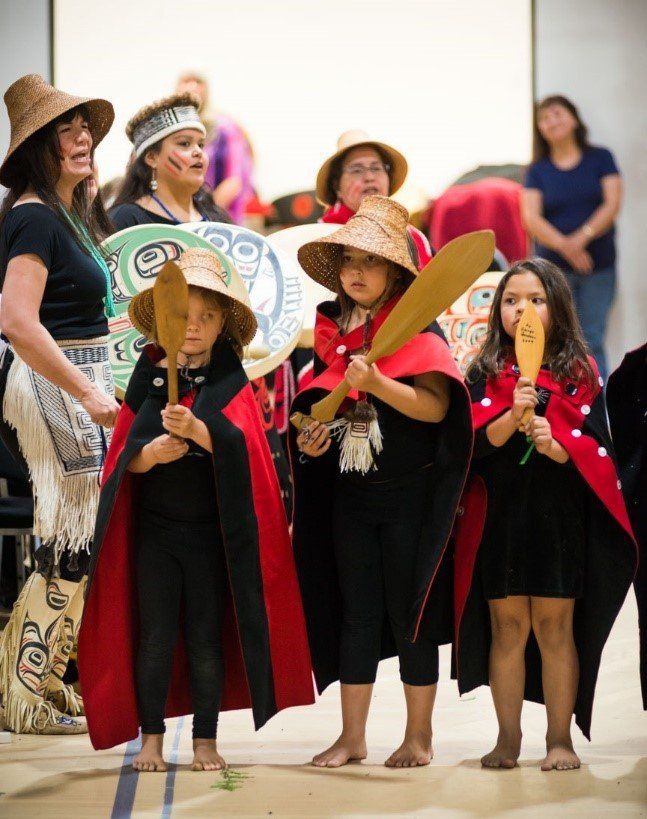
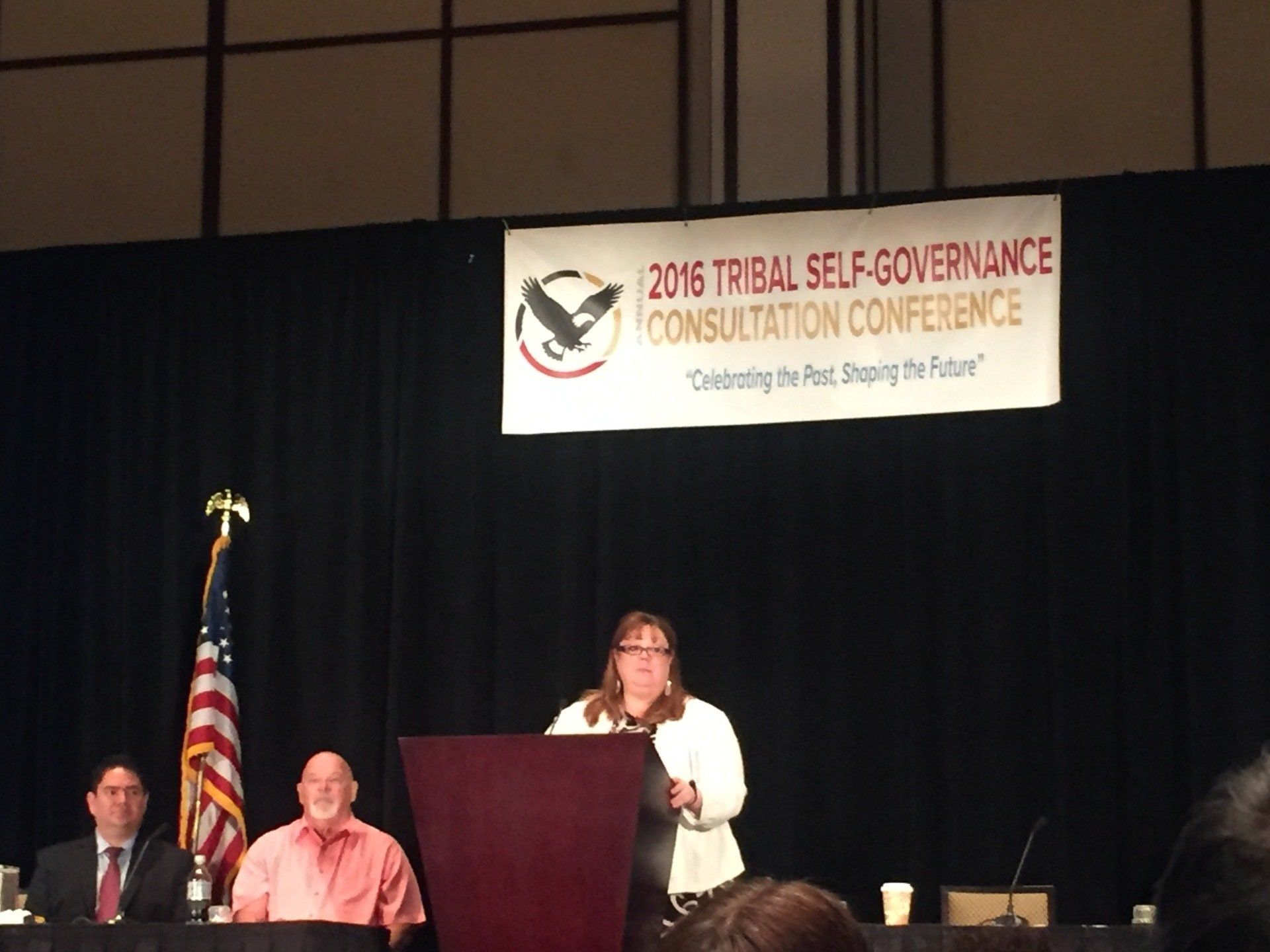
READ MORE POSTS
GET IN TOUCH
WE WOULD LOVE TO HEAR FROM YOU
Contact Us
Thank you for contacting us.
We will get back to you as soon as possible
Oops, there was an error sending your message.
Please try again later
NEW ZEALAND OFFICE
8 Birch Street,
Hilltop, Taupō 3330
Phone: 021 947 526
Email: mara@kahuitautoko.com
CANADA OFFICE
Unit 2601 - 717 Jervis Street
Vancouver, BC, V63 4L5
Phone: 1 604 569 1990
Cell: 1 778 837 2107
Email: careene@kahuitautoko.com
HAWAI'I OFFICE
Phone: 1 604 379 7526 (CA / US)
Email: mara@kahuitautoko.com
KEY STAFF CONTACTS
Mara (Director/Owner):
Phone: 0064 (0)21 947 526 (NZ) or 1 604 379 7526 (CA / US)
Email: mara@kahuitautoko.com
Careene (NZ Director / Senior Consultant):
Phone: 1 778 837 2107 (CA)
Email: careene@kahuitautoko.com
Patrick (Senior Consultant):
Phone: 0064 (0)21 131 9674 (NZ / US)
Email: patrick@kahuitautoko.com
Lisa (Senior Project Manager)
Phone: 0064 (0)27 353 5658
Email: lisa@kahuitautoko.com
TE TINI A MĀUI KAPA HAKA GROUP (Vancouver-based)

